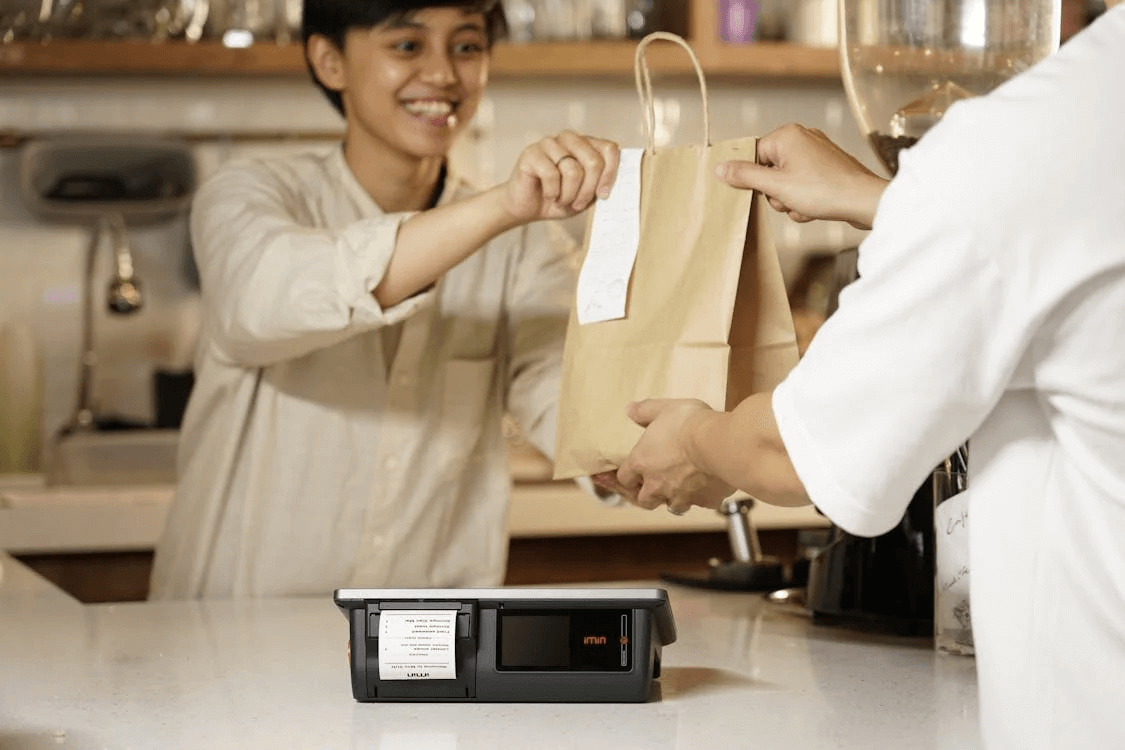By the close of 2024, it’s expected that sales in the restaurant and food service sectors will reach a record-setting high, surpassing $1 trillion for the first time. This significant expansion is driven by several elements, including the rise in global populations and an intensified demand for varied dining choices.
Both new and seasoned restaurant operators face a crucial opportunity to sharpen their business practices, ensuring their venues not only persist but excel in a highly competitive environment. By incorporating advanced technologies and revising their strategies, these entrepreneurs can substantially improve their standing in the market.
In this article, we’ll explore key proactive strategies that could lead restaurant owners to greater success and enhanced profitability.
Utilizing Artificial Intelligence in Restaurants
Discussing the enhancement of a restaurant without considering the critical role of artificial intelligence would be incomplete. AI is transforming the industry by optimizing operations from inventory management to customer service and marketing initiatives. For instance, AI-driven chatbots can manage reservations and address customer inquiries efficiently, freeing up staff to focus on enhancing the dining experience.
Additionally, data analytics tools assist in decoding customer preferences and behaviors, informing decisions regarding menu adjustments and marketing tactics. Integrating AI in restaurants also enables personalized interactions with customers, boosting their overall dining experience and satisfaction levels. Adopting AI means not just keeping pace with technological advancements but leading in a tech-centric marketplace.
Broadening Menu Selections
Introducing a wider variety of menu options can draw a broader clientele, appealing to different dietary needs and culinary preferences. More than simply adding new items, this strategy involves analyzing what both current and potential customers might appreciate.
This could mean offering gluten-free dishes, vegan choices, or ethnic specialties, aiming to craft a diverse menu that delights and satisfies any diner. Updating the menu regularly with seasonal items and unique limited-time dishes keeps the offerings fresh and appealing while keeping up with culinary trends ensures your restaurant stays relevant and enticing.
Improving Customer Experience
Enhancing customers’ dining experiences at your establishment is paramount for growth, including improving ambiance, service quality and food excellence. In order to guarantee each guest leaves with a positive impression it’s crucial that staff be attentive, warm and efficient when serving customers.
The dining environment should also be inviting and comfortable, setting the stage for an enjoyable meal. Streamlining the process from reservation to payment can significantly boost customer contentment and promote repeat business. To streamline ordering and paying for an order, you need a reliable restaurant POS system. Frequent feedback gathering and response are also crucial since they show customers that their opinions are appreciated and assist in identifying areas for development.
Maximizing Social Media Marketing
Social media serves as a vital channel for expanding your restaurant’s reach. Effective social media marketing involves more than posting appealing food images; it requires active engagement with your audience, prompt responses to comments, and strategic ad placements targeting potential patrons.
Sharing stories about your dishes, offering behind-the-scenes content, and showcasing your team personalize your restaurant’s brand. Utilizing analytics to gauge post-performance helps sharpen your strategies and amplify your marketing impact. Partnering with food bloggers and influencers can also enhance visibility and draw more customers.
Partnering with Local Suppliers
Establishing relationships with local suppliers benefits not just the freshness and quality of your ingredients but also supports the local economy and reduces environmental impact. Marketing these partnerships can attract customers who prioritize sustainability and community engagement.
Featuring menu items that showcase local produce can further highlight these relationships and attract those interested in regional flavors. Local suppliers might also offer unique ingredients that distinguish your dishes in a crowded market, enhancing both the customer’s dining experience and your establishment’s reputation.
Creating Loyalty Programs
Developing loyalty programs can effectively encourage repeat business. These programs might offer benefits like discounts, special restaurant promotions, or first looks at new items to regular diners. Implementing a tiered rewards system that incentivizes increased spending can boost customer involvement and revenue. The aim is to design a loyalty scheme that provides real value to patrons while promoting more frequent visits, fostering a base of loyal customers who feel recognized and valued.
Conclusion
Expanding a restaurant business in today’s dynamic market necessitates a combination of conventional and innovative strategies. From integrating advanced technologies to diversifying your menu and refining the overall customer experience, each approach is crucial to forging a thriving and sustainable business.
By remaining adaptable and forward-thinking, entrepreneurs can not only navigate but excel in the evolving dining scene. These comprehensive strategies offer a guide to not just surviving but thriving in the competitive restaurant industry. Let’s activate these strategies and observe as your restaurant ascends to new heights of achievement.


